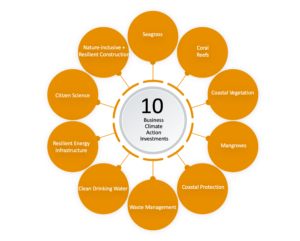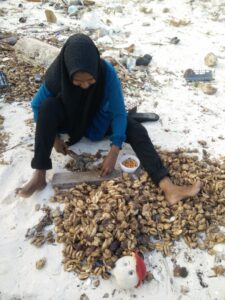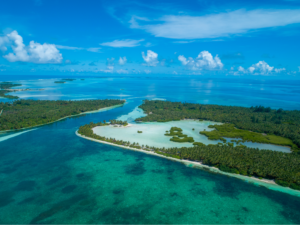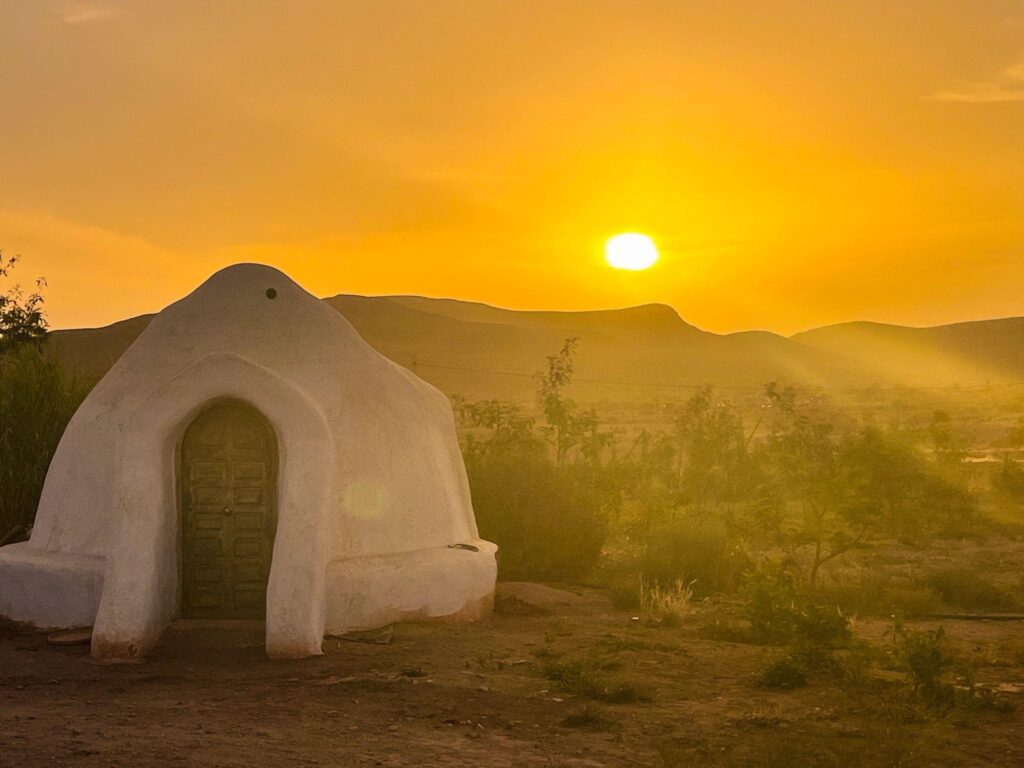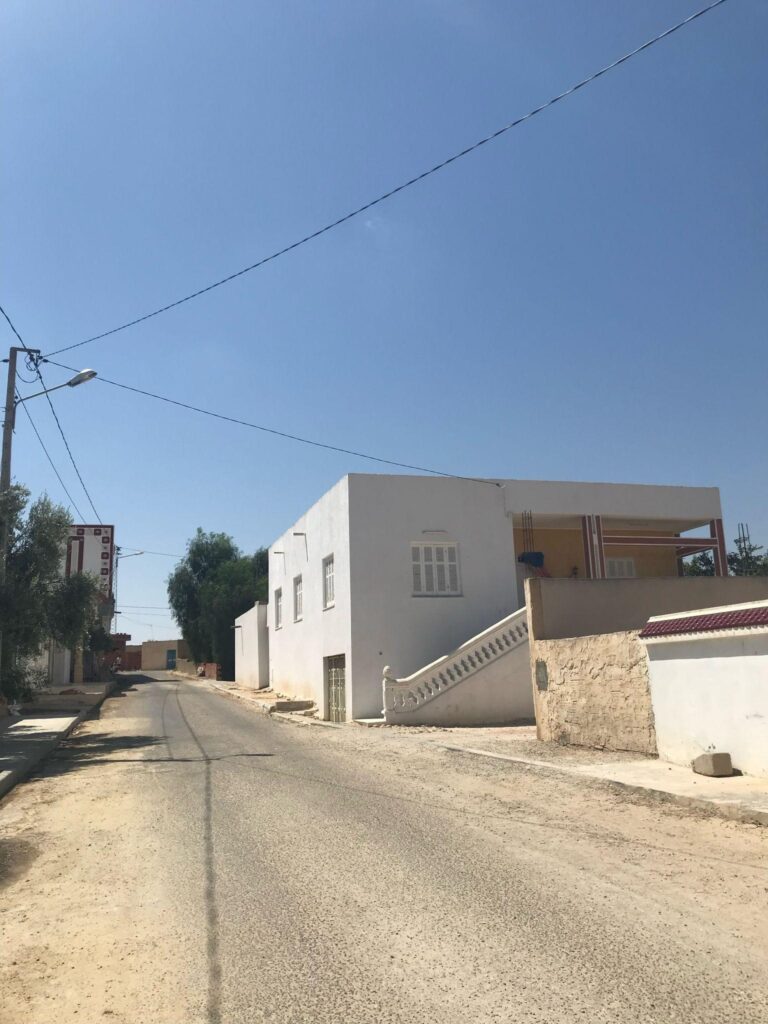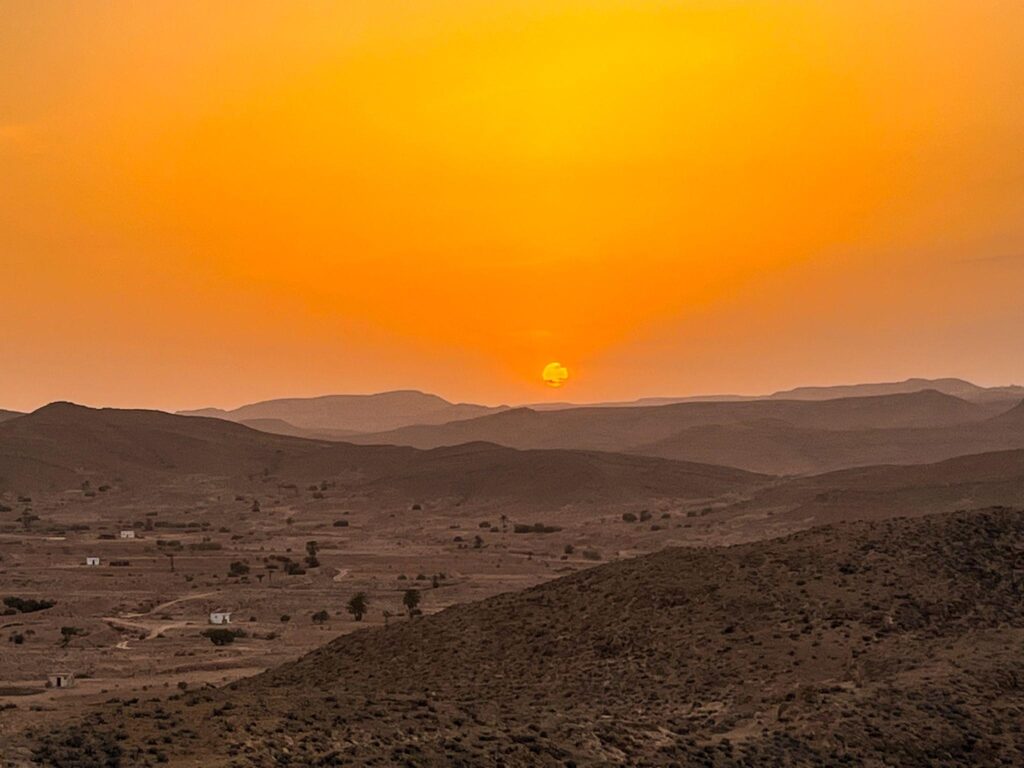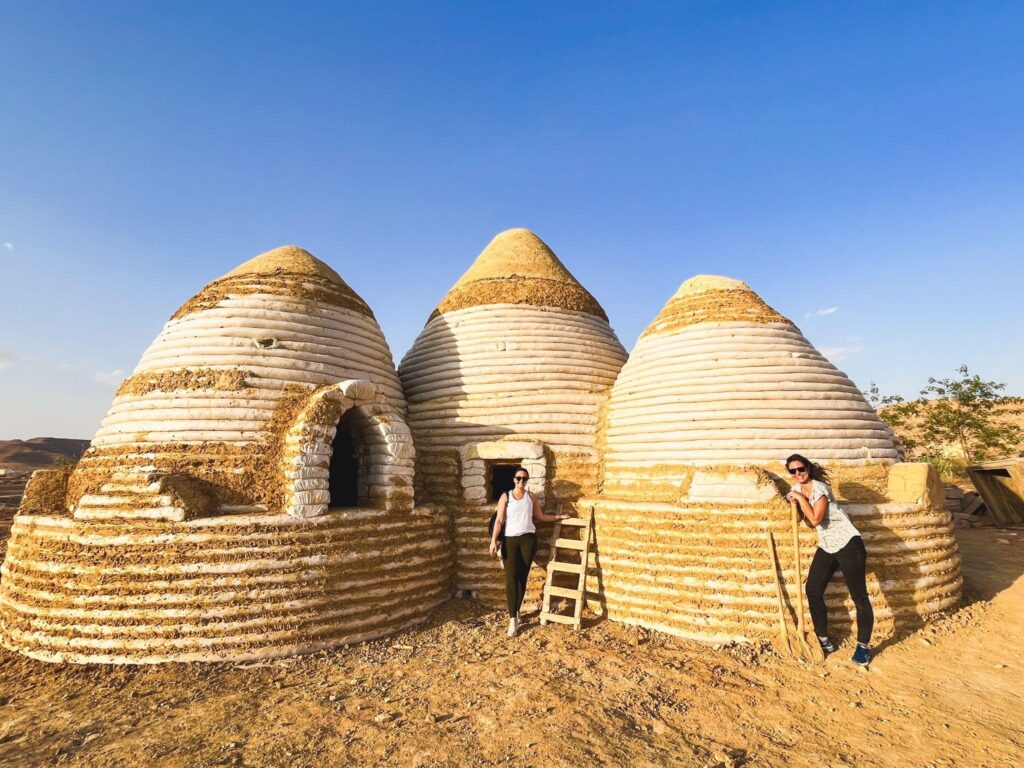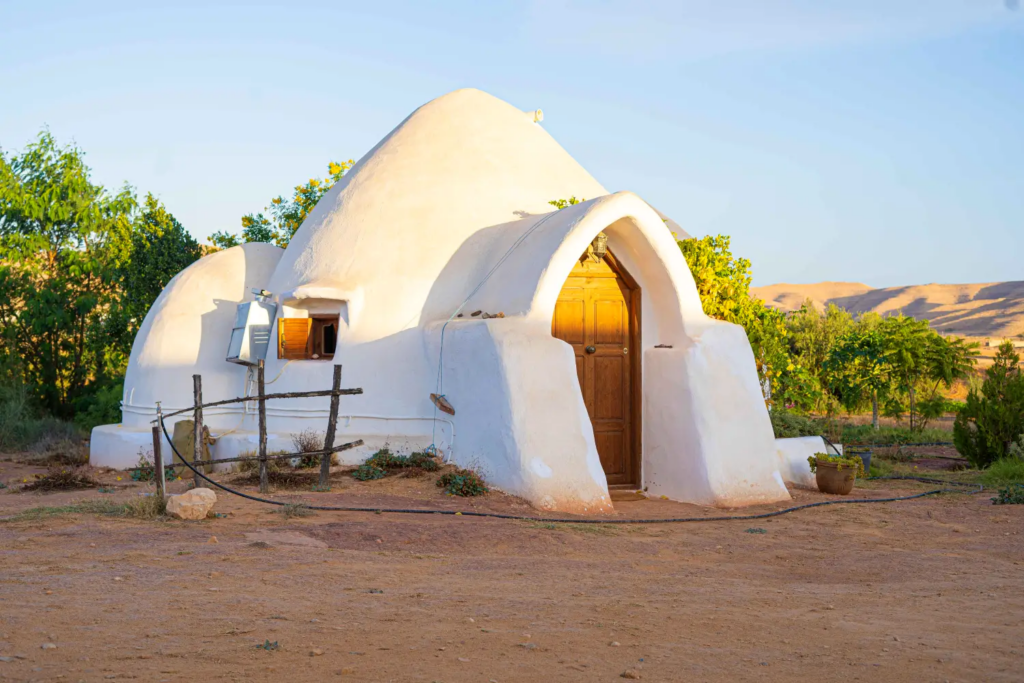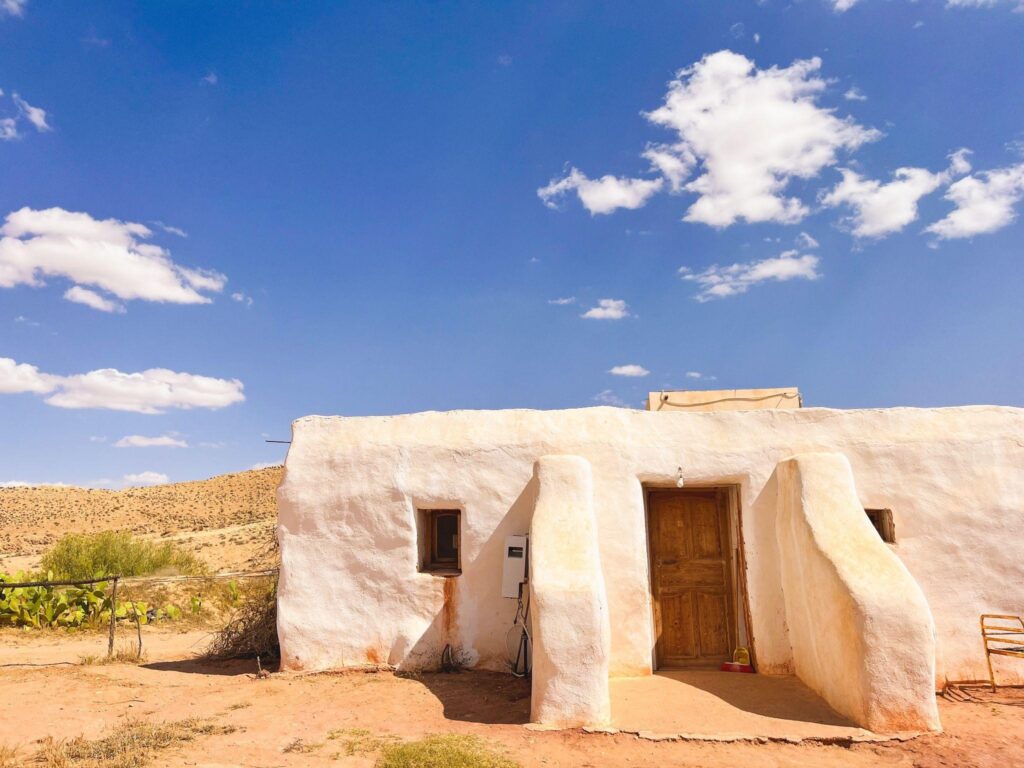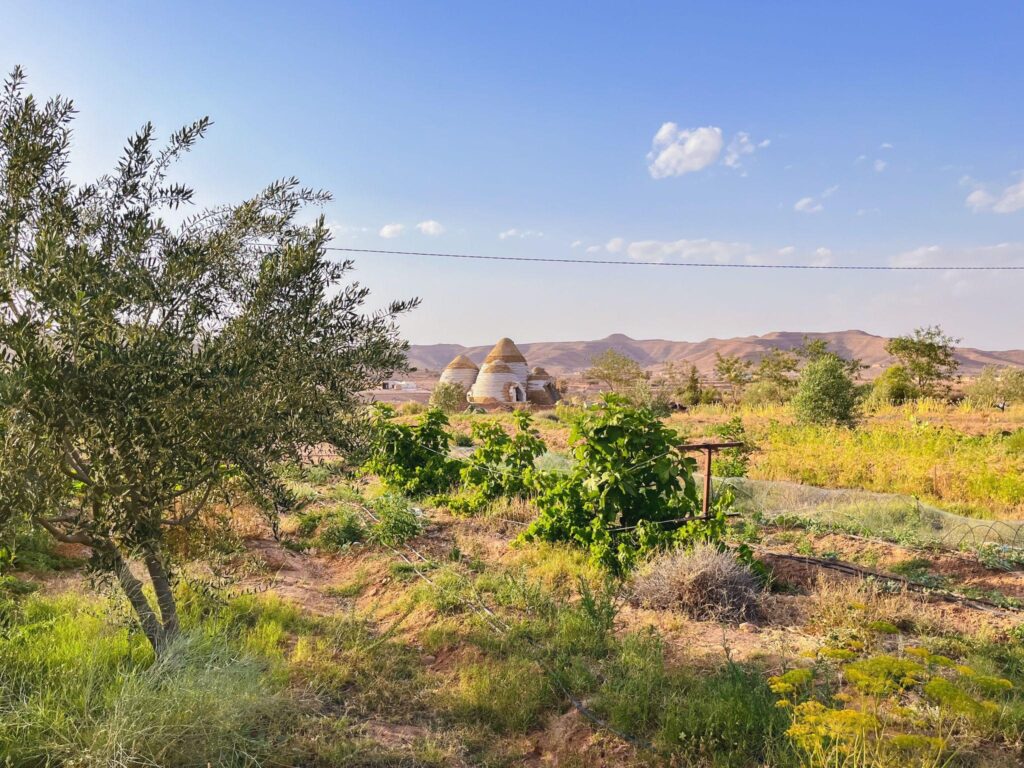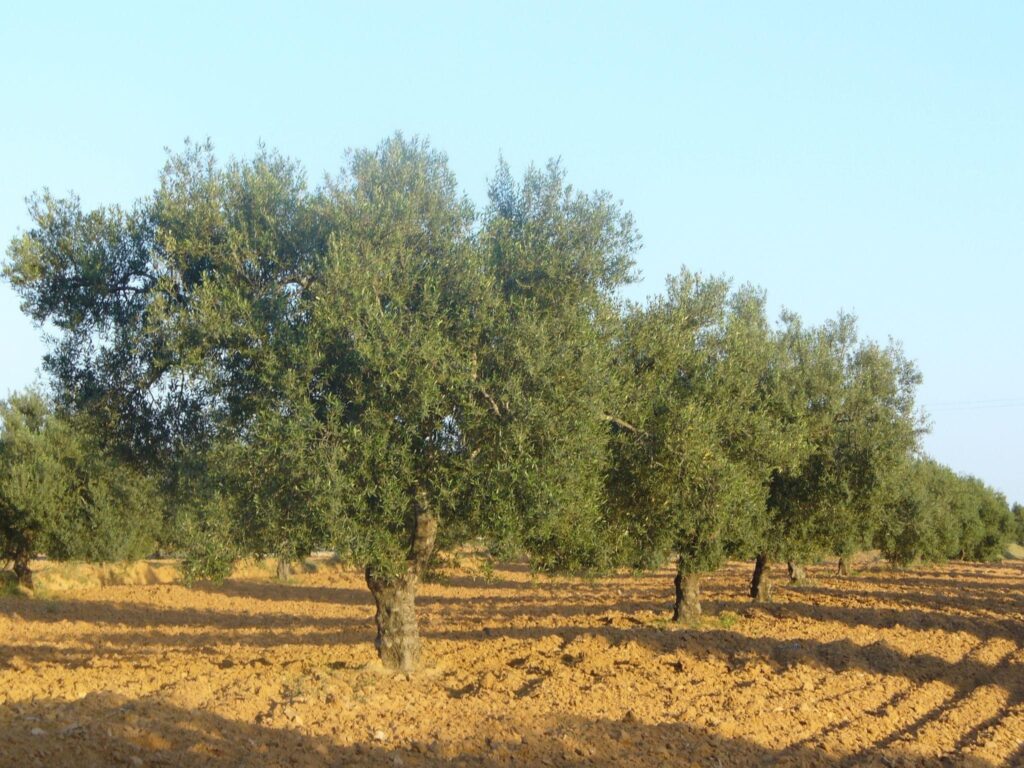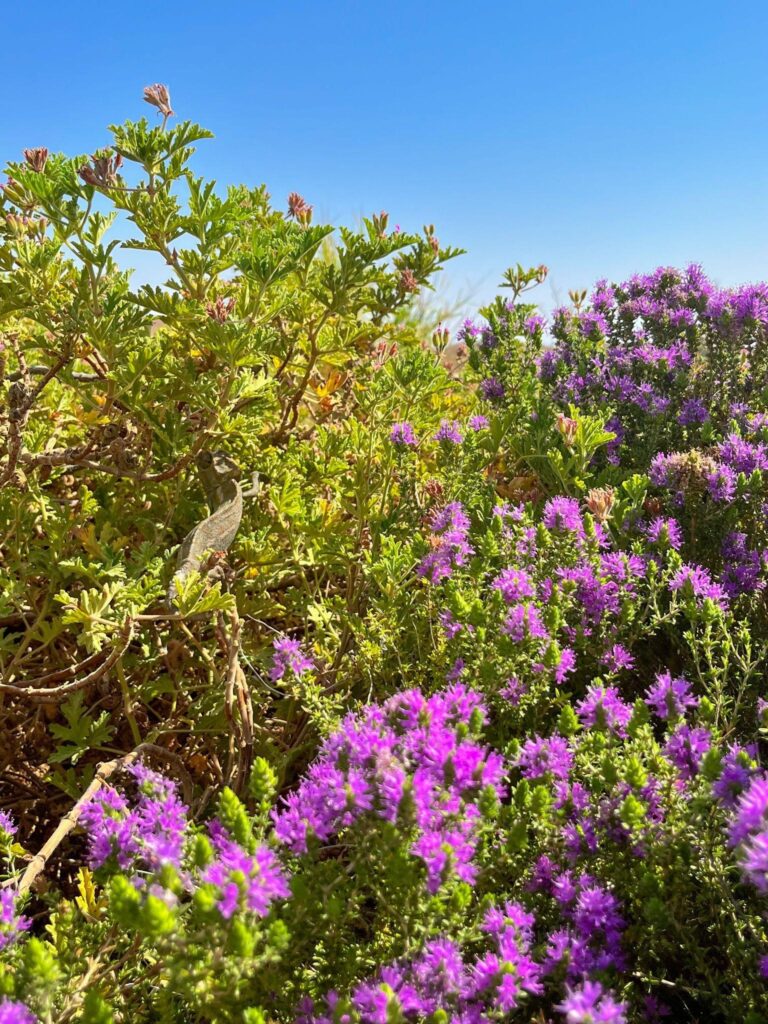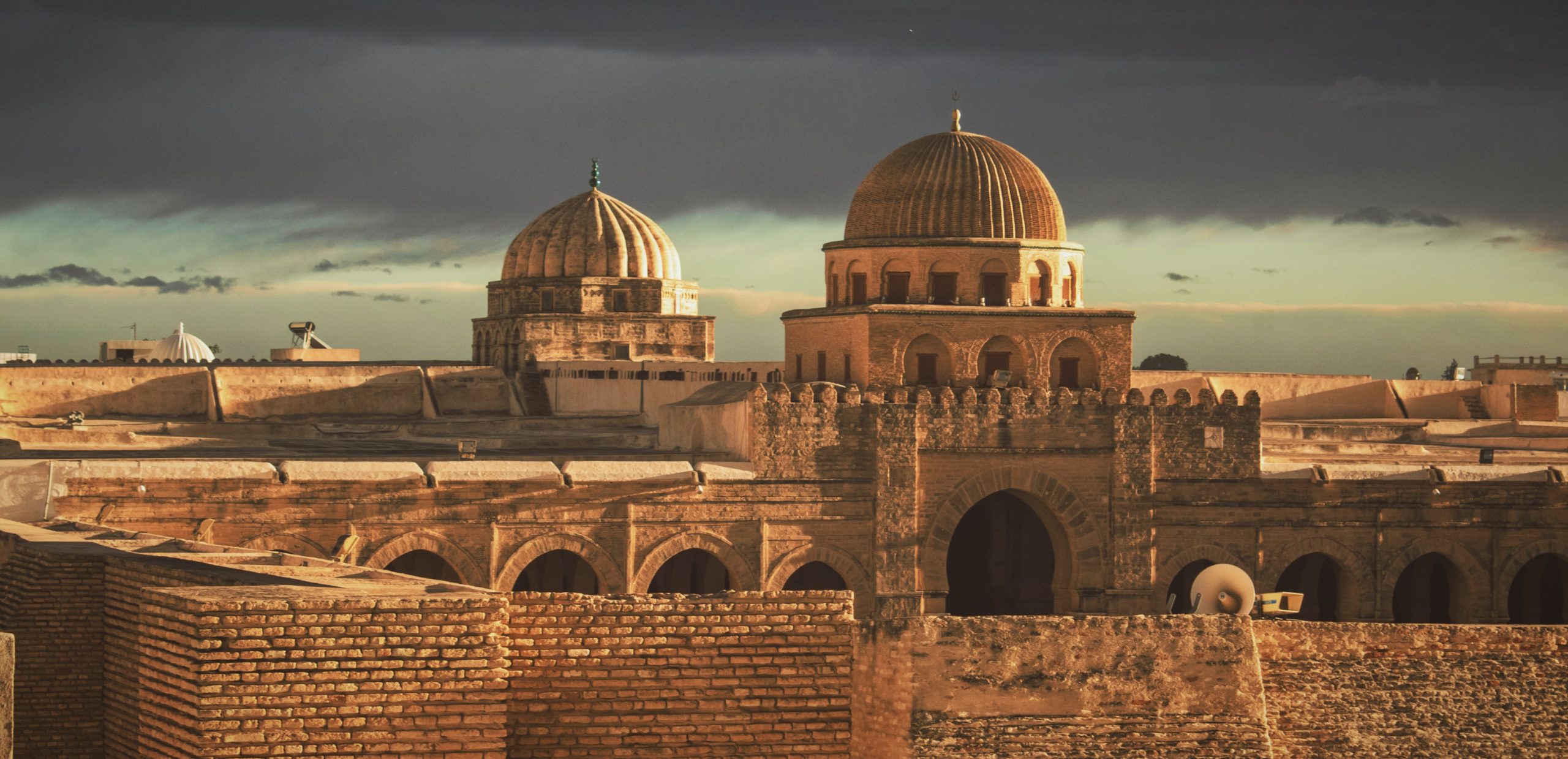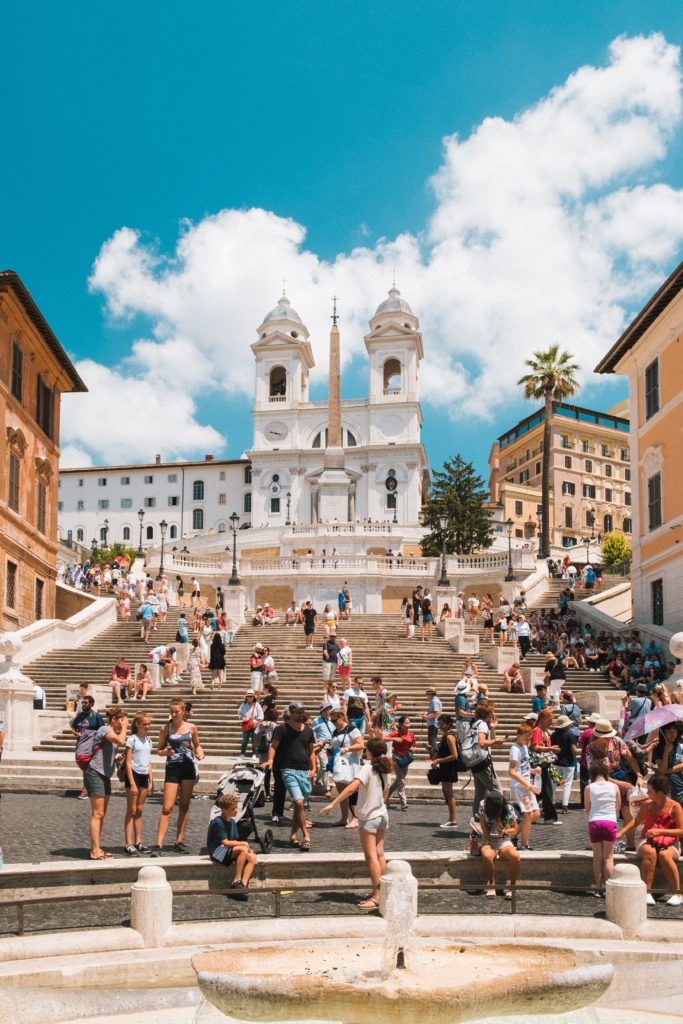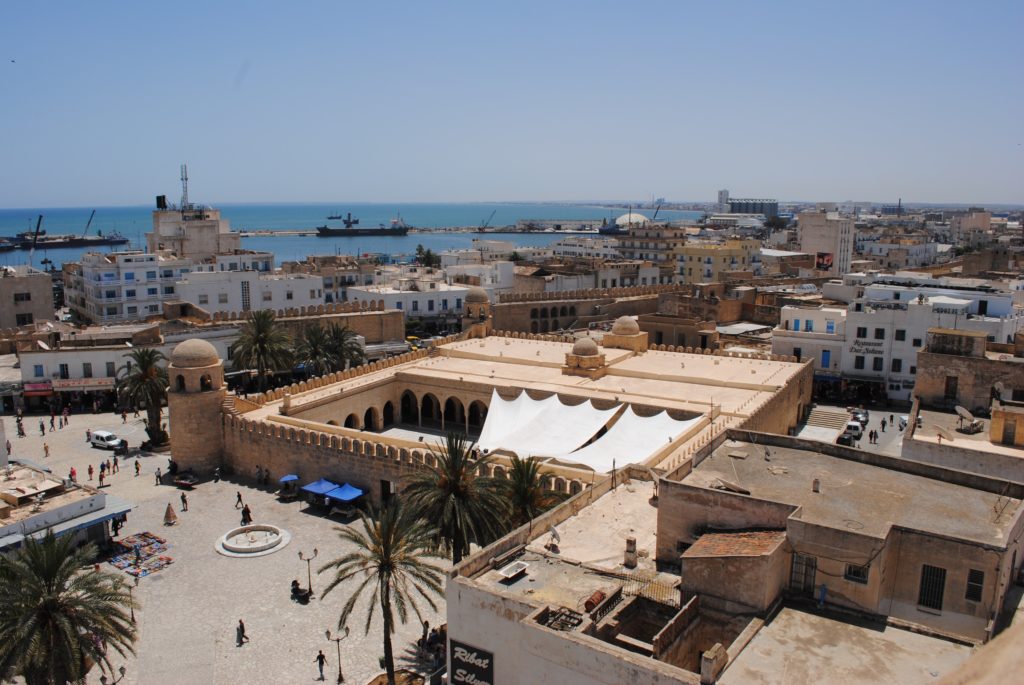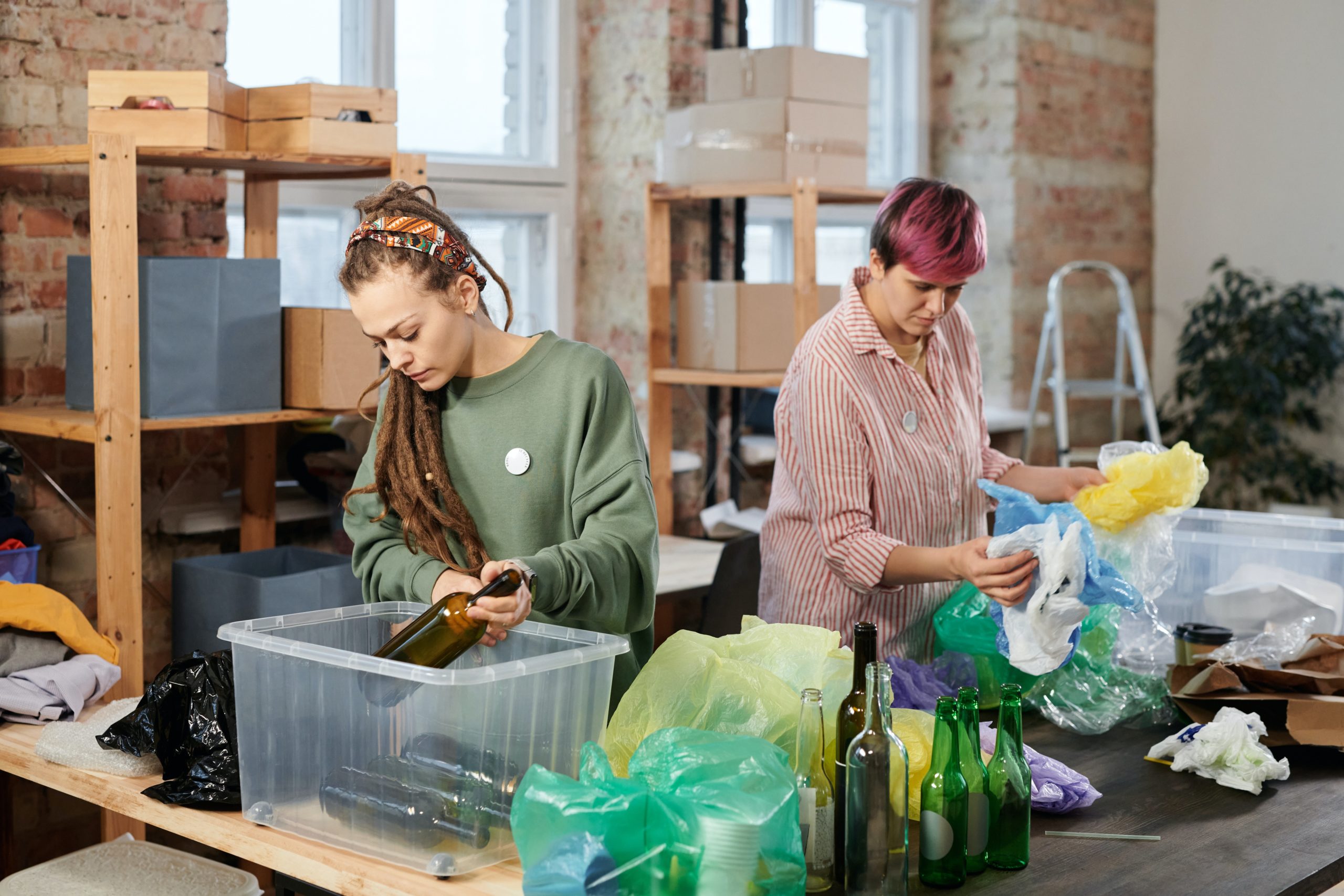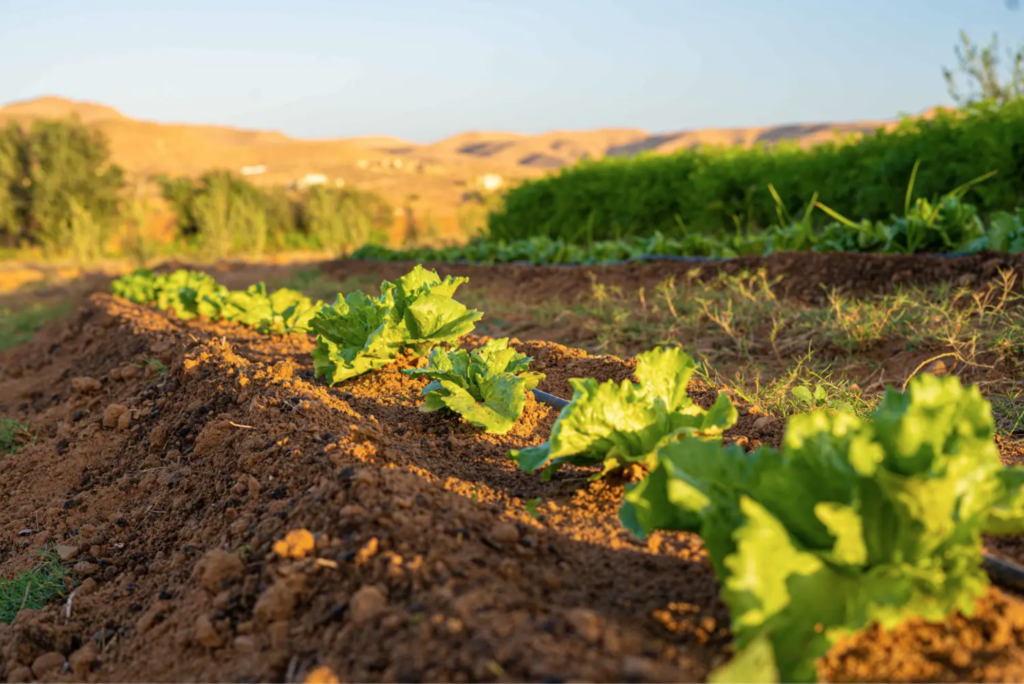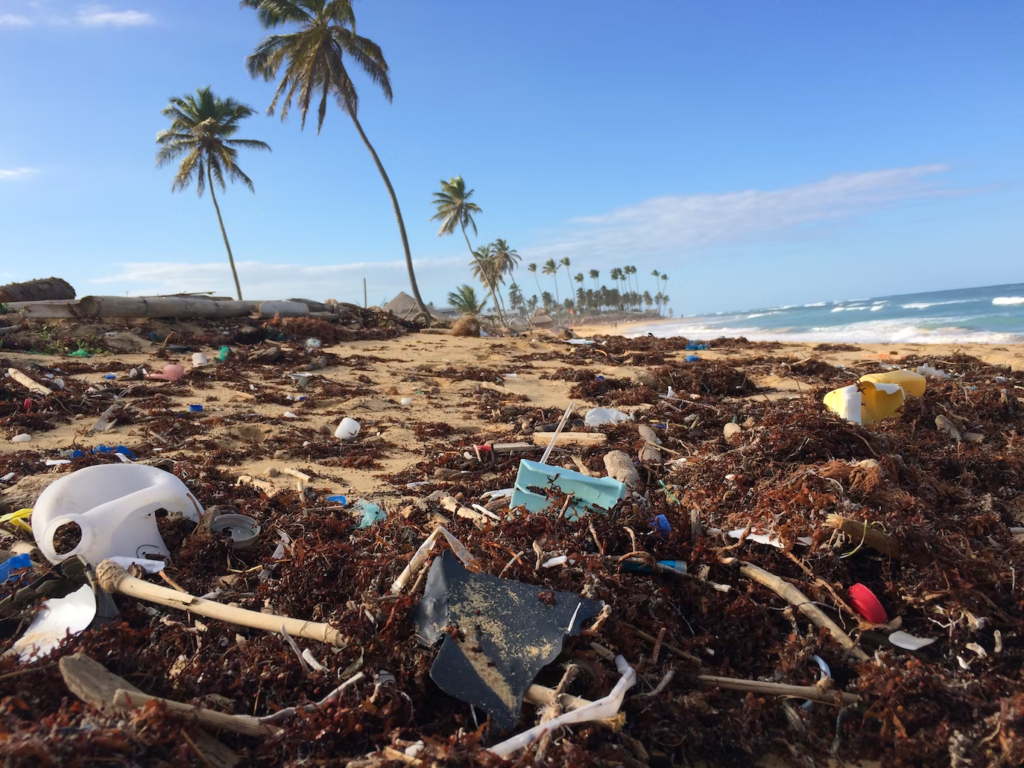Discover the perfect experience for foodies, climate-conscious travelers, and those seeking genuine connections with the people and places they visit.
What Is Agritourism?
According to the National Agricultural Law Center, “agritourism can be defined as a form of commercial enterprise that links agricultural production and/or processing with tourism to attract visitors onto a farm, ranch, or other agricultural business for the purposes of entertaining and/or educating the visitors while generating income for the farm, ranch, or business owner.” Agritourism typically overlaps with gastronomy tourism and wine tourism.
Farms engaging in agritourism often fall into the smaller-scale, organic category. They actively promote and support local food systems, which inherently fosters greater sustainability compared to industrialized agriculture. These types of agricultural businesses often serve as central pillars for the farm-to-table and slow food movements, embodying principles of mindful consumption and strengthening the connection between consumers and the land.
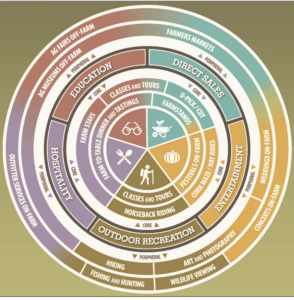
Agritourism operators offer a diverse array of activities and cater to a wide range of interests. These offerings can vary from simple farm tours to more comprehensive experiences, such as on-site dining and lodging. Agritourism activities encompass a broad spectrum, covering elements of hospitality, education, outdoor recreation, entertainment, and direct sales, all within the backdrop of a working farm or rural setting.
Some example agritourism activities include:
- Farm-to-Table Cooking Classes
- Organic Farm/Vineyard Tours
- Educational Workshops
- Harvest or Traditional Food Festivals
- Farm Stays
- Culinary Trails
- Food & Wine Pairing Experiences
- Agricultural Work Exchanges (i.e. Wwoof)
- Farm Shops and Markets
- Events (concerts, team building)
Agritourism, particularly when farms use regenerative agriculture and other sustainable practices, can promote sustainable development across the globe.
The Role of Agritourism in Sustainable Development
Economic Benefits
Agritourism can support communities by generating income, creating jobs, and supporting local economies. In fact, one of Solimar’s destination management strategies is to foster agricultural linkages: “The development of agritourism tours and demonstrations as attractions in rural areas provides the potential for creating or expanding micro, small, or medium-sized enterprise (MSME) core and supply chain businesses, including transport, food service and products, and handicrafts.” Agritourism can significantly support sustainable economic development in rural communities through: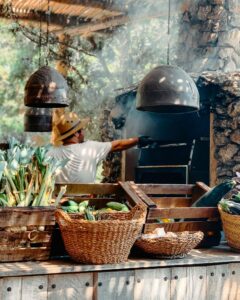
- Diversification of Income: Agritourism allows farmers and rural communities to diversify their sources of income beyond traditional agriculture. Through offerings like farm stays, tours, workshops, and events, farmers can generate additional revenue streams, reducing dependence on a single source of income and making them more resilient.
- Job Creation: Agritourism activities often require additional staff to cater to visitors’ needs, such as tour guides, hospitality personnel, and workshop instructors. This creates local employment opportunities and curbs urban migration.
- Support for Local Businesses: As agritourism develops, it creates demand for various goods and services in the community. Increased tourism traffic benefits local businesses such as restaurants, handicraft shops, accommodation providers, and transportation services.
Agritourism can support sustainable economic development by providing alternate livelihoods and promoting local entrepreneurship, particularly in rural communities.
Social and Cultural Impacts
Agritourism can also serve as a way to preserve cultural heritage, foster community engagement, and enhance local pride:
- Preservation of Local Culture, Traditions, and Ideas: Agritourism encourages preserving local culture and traditions. Tourists engaging in farm experiences gain insights into another way of life, local customs, and traditional practices. For example, visiting an indigenous regenerative farm can reveal how practices like regenerative agriculture stem from indigenous worldviews of reciprocity and care and that regeneration calls for large-scale relational changes that extend beyond agriculture.
- Cultural Exchange: Agritourism often involves direct interaction between tourists and locals. Farmers and community members act as hosts, guiding visitors through farm activities, explaining cultural practices, and sharing stories about their heritage. Through conversations and storytelling, tourists and locals exchange cultural experiences, beliefs, and traditions. This exchange of stories fosters mutual respect and appreciation for diverse cultural backgrounds. These personal interactions offer insights into the local culture beyond more conventional tourist destinations.
- Culinary Experiences: Food plays a vital role in any culture, and agritourism often involves culinary experiences that allow tourists to savor authentic local dishes made farm-to-table. These food experiences serve as a gateway to learning about local gastronomic traditions and the cultural significance and history behind specific dishes.
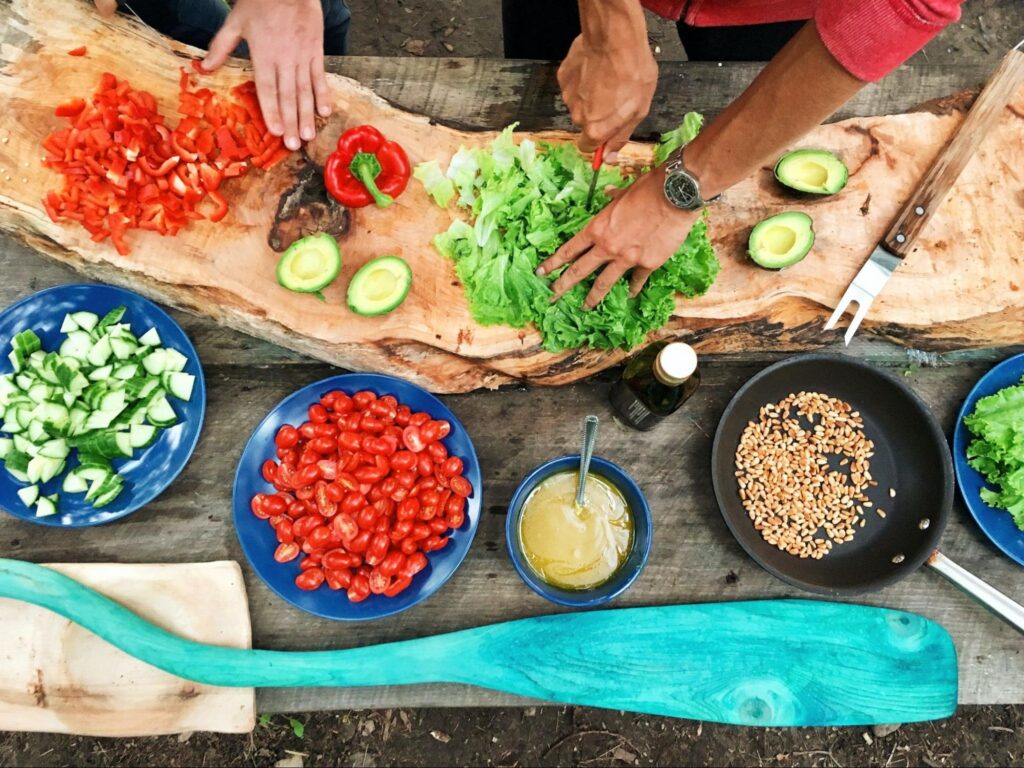
By facilitating these interactions and experiences, agritourism provides a platform for cultural exchange that goes beyond the superficial aspects of travel. It encourages meaningful connections between tourists and local communities, promoting a greater understanding and appreciation for different cultures and lifestyles – ultimately driving the desire for travel.
Environmental Sustainability
Agritourism can support sustainable agricultural practices, conservation efforts, and biodiversity preservation: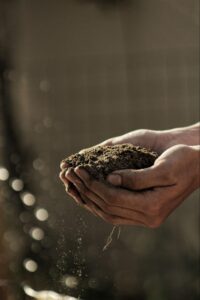
- Sustainable Land Use: Agritourism often promotes sustainable land use practices. Farmers are encouraged to adopt eco-friendly methods and practices that enhance visitor experiences while safeguarding the land’s natural beauty and resources. Sustainable agriculture methods can also improve the farm’s long-term viability and benefit the environment.
- Environmental Conservation: Sustainable agriculture practices encourage environmental stewardship. Farmers and communities may adopt conservation measures to protect natural habitats, wildlife, and biodiversity, which can lead to positive ecological impacts.
- Biodiversity Preservation: About a quarter of the world’s biodiversity can be found in healthy soil. When nourished properly, soil can serve as a carbon sink by drawing down carbon from the atmosphere. Alternatively, degraded soil due to industrial farming releases stored carbon into the atmosphere, exacerbating the climate crisis.
Supporting regenerative agriculture through agritourism can be an effective nature-based solution for the tourism sector.
Case Studies
La Ferme Tarenti is an excellent example of agritourism promoting sustainable development in Tunisia. Its founder, a third-generation farmer with roots in Denmark, returned to his family’s land and saw the potential for agritourism as his parents were moving away from farming. The farm embraces super-organic practices overseen by the founder’s mother and offers educational tours, a restaurant, and unique cheese-making workshops. La Ferme Tarenti contributes to the rural community by providing employment and supporting local artisans. They advocate for local food systems, welcome volunteers, and market through social media. Despite challenges, their dedication to sustainability, community involvement, and education makes them a beacon of success in agritourism.
Tenuta di Spannocchia, a historic estate in Tuscany, serves as an exemplary model of agritourism promoting sustainable development. Dating back to the 1200s, it began as a rural noble family estate and later came under the Chineli family’s ownership in 1925. Over the last century, Spannocchia transformed from a sharecropping system to a self-sufficient farm with diversified crops and organic, regenerative agricultural practices. In the early 1990s, the current owner recognized the value of preserving the estate’s old farming traditions. Combining agritourism and education, Spannocchia now offers lodging, a restaurant, farm tours, and a farm store, focusing on internships, apprenticeships, and hosting educational programs. Its reputation for authenticity and dedication to local food systems have garnered community support and contributed to rural development in the region. Spannocchia stands out among the Tuscan agritourism experiences, providing visitors with genuine insights into sustainable agriculture and cultural preservation.
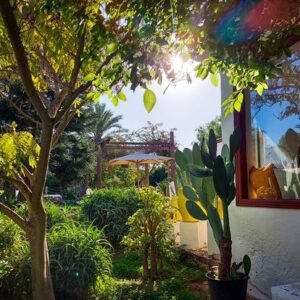
Jardin d’Agaves, a recent agritourism venture in Hammain, Tunisia, originates from the vision of Roberta and her Tunisian fiancé, who sought to continue the legacy of his father, a landscape architect and pioneer in introducing agritourism to Tunisia. Established two years ago, this multifaceted business seamlessly integrates a farm/garden, a restaurant, and a beautiful natural landscape. Embracing organic agricultural practices, the farm strives for self-sufficiency while sourcing from local producers. Amidst the picturesque garden, visitors enjoy tours and Mexican-inspired cuisine prepared with Tunisian ingredients, reflecting Roberta’s heritage. Strongly connected to the local community, Jardin d’Agaves offers seasonal employment opportunities and fosters positive impact. By supporting local food systems and inviting tourists to volunteer in agricultural processes, the farm champions responsible practices and creates lasting connections. Despite marketing challenges in the rural setting, Jardin d’Agaves continues to attract diverse visitors and stands as a model for sustainable agritourism fostering rural development.
Why Should You Consider Agritourism For Your Next Trip?
There are many benefits if you choose to engage in agritourism. You can:
- Connect with local people and engage in more authentic travel experiences.
- Discover hidden gems to combat overtourism and experience lesser-known natural and cultural beauty. Check out another Solimar post on French agritourism to learn more.
- Indulge in farm-to-table cuisine for the ultimate food experience. If you care about having good food when you travel, you will probably have your best meal at the source.
- Learn about cultural heritage through a different lens- food is a wonderful blend of place, culture, and history.
- Support small-scale farmers who use agricultural practices that are better for people and the planet and support local food systems.
- Immerse yourself in the charm of nature and rural communities.
Given all these reasons, it is no surprise that agritourism is getting more popular. The Global Agritourism Network, founded in April 2023, addresses agritourism’s growing interest and potential to promote sustainable development. There is even a rise in centering farm experiences in luxury travel markets, exemplified in the Six Senses hotel chain, as people care more about where their food comes from.
Overall, agritourism is a mutually beneficial opportunity for tourists and rural communities, as it fosters economic growth and preserves cultural heritage and natural resources. Nevertheless, preserving the balance between tourism development and sustainable practices is essential to ensure long-term benefits and minimize potential negative impacts on the local environment and communities.
A special thanks to the agritourism businesses that inspired and informed this blog: La Ferme Tarenti, Tenuta di Spannocchia, Jardin d’Agaves, Molla Egër, Dynamite Hill Farms, Tapada de Coelheiros, Ridge2Reef Farm, and Mrizi i Zanave.
Keep up with Solimar – don’t forget to like us on Facebook and LinkedIn!



